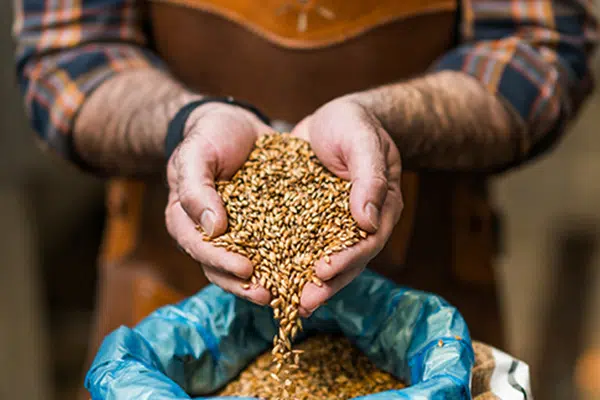Qualified farmers have options for paying their estimated tax that other taxpayers do not have. To be a qualified farmer 2/3 of gross income must come from farming in either the current or previous tax year. What is considered gross income from farming?
Schedule F and Form 4835 gross income from a crop sharing arrangement
Allocated gross farm income from a pass-through entity (S-Corp or Partnership).
Gross income from farming DOES NOT include:
Cash rent from farmland
Gain on sale of equipment or land
Custom farming services
Once we have overcome the hurdle of being a qualified farmer, we have three different options for meeting the estimated payment requirements for the IRS. The most common and well-known exception that is not available to other taxpayers is for the qualified farmer to file and pay their income tax by March 1st. This has become more and more challenging as broker statements, and 1099’s continue to arrive later and later.
An option that is not as well known, is the ability to make an estimated payment on January 15th. Under this option, qualified farmers may either pay 100% of the prior year income tax or 2/3 of the current year income tax liability. Great planning opportunities exist with the ability to analyze which option will maximize cash flow as paying the prior year tax may be significantly less than 2/3 of the current year tax, or 100% of the tax paid by March 1st. In situations where the farmer owed zero tax the year before, the law allows for the farmer to not pay any estimates. The farmer then could file and pay by the April 15th deadline, allowing for the farmer to retain their cash even longer. With the rising interest rate environment, this will become more and more important to watch our cost of capital.
The last option for farmers is to pay estimated taxes on a quarterly basis. These payments are due April, June, September, and January. This is how all other taxpayers are required to make their estimated payment; however, it is still an option for the farmer to follow this method. Almost all our clients complete a tax plan towards the end of the calendar year. Even though this method can be simple, by completing a year-end tax plan it seems unnecessary since we can pinpoint which of the two options above are more advantageous and allow the farmer to retain their cash longer, thus reducing their cost of capital.
We have enjoyed the benefits of a very low interest rate environment for at least the last twenty years. The best way to keep from avoiding underpayment penalties and maximize your cash flow is to consistently tax plan and understand the best method to pay your estimated tax.
Baker Milligan® 2022




